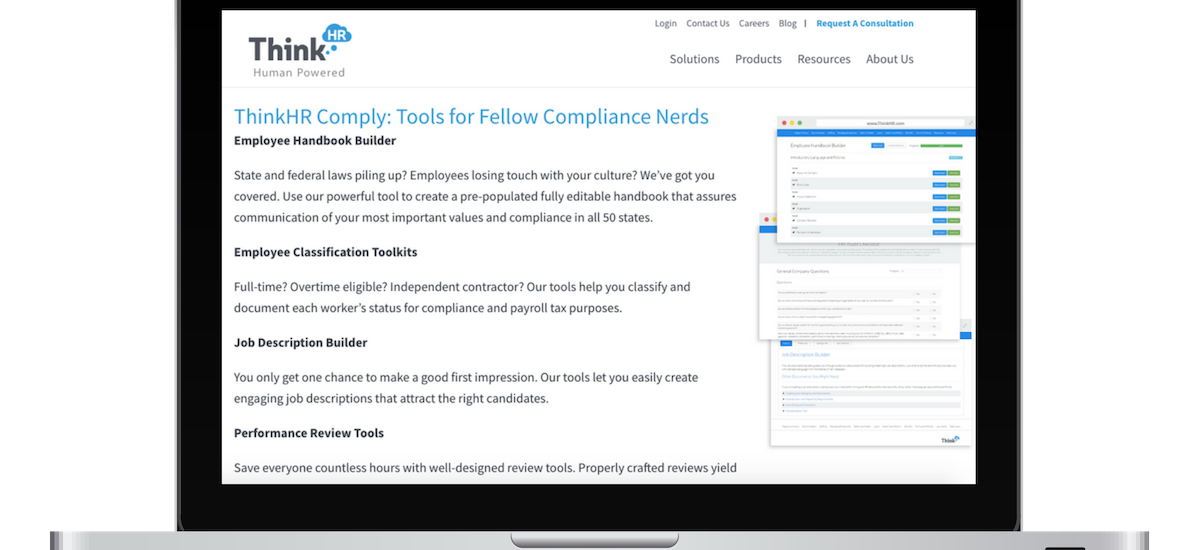Holiday Party Best Practices
Tis the season for holiday parties and the spreading of good cheer in the workplace.

Tis the season for holiday parties and the spreading of good cheer in the workplace.

Many employers feel like leave of absence (LOA) abuse is difficult to stop because there

For most businesses, performance reviews are used to support decisions related to career development, compensation,
You’ve probably heard the terms, exempt and non-exempt, but do you know how to classify

A key to success in any business is great communication between an employer and its

As a business, it is important to know how your employees feel about their job
Introduction to ThinkHR: This is Part 3 of a series of blog posts we’ll be sharing

Introduction to ThinkHR: This is Part 2 of a series of blog posts we’ll be sharing

From employee leave of absences to managing benefits, to compensation regulations, compliance is one of

Anti-Harassment Training is an extremely important element in maintaining a safe and welcoming work environment.